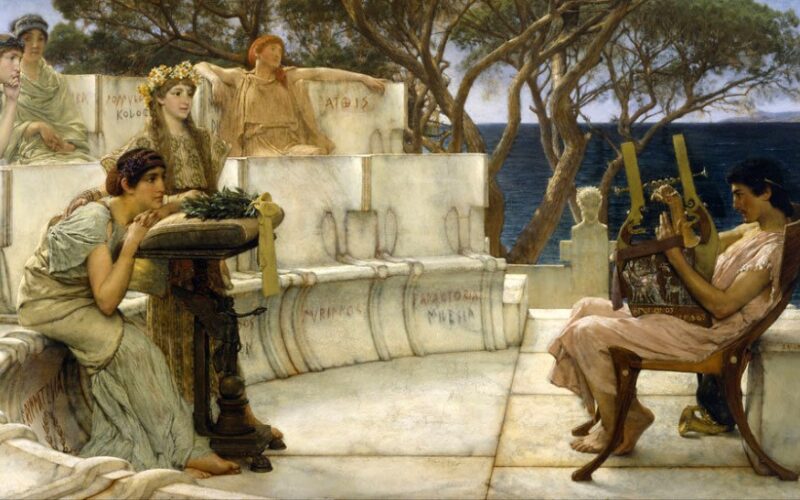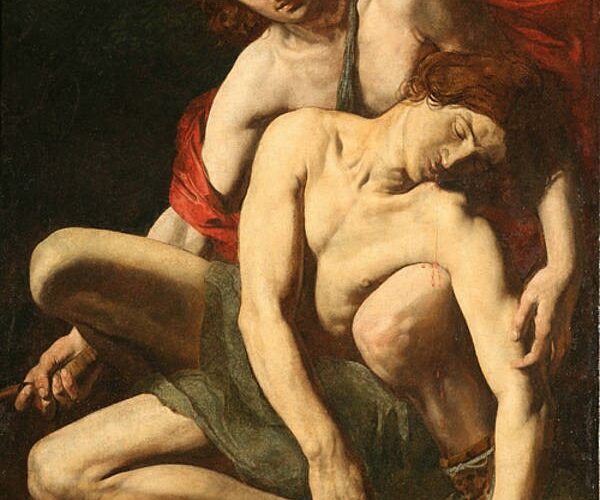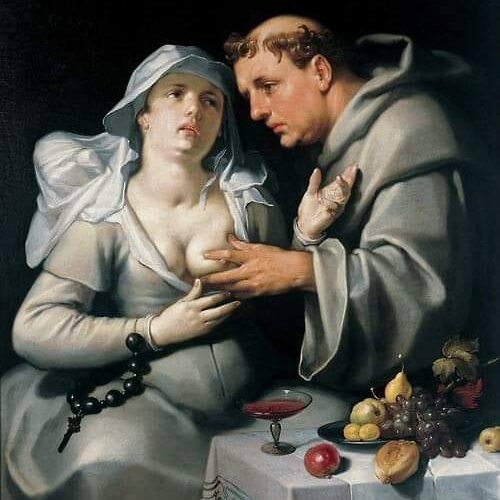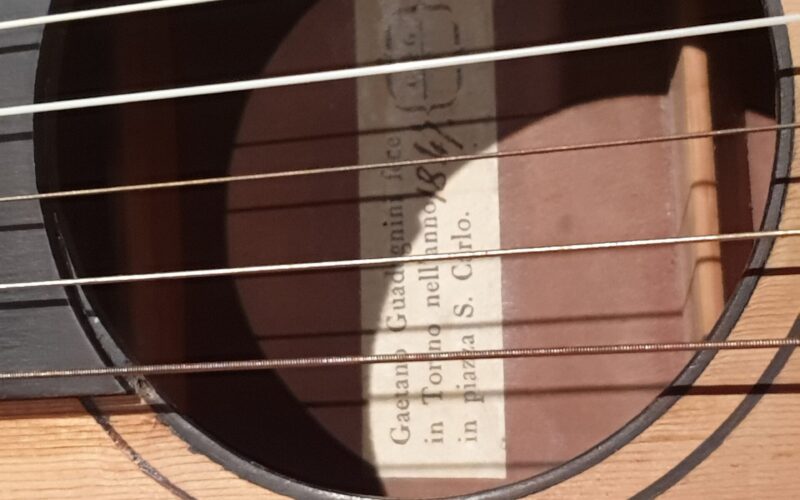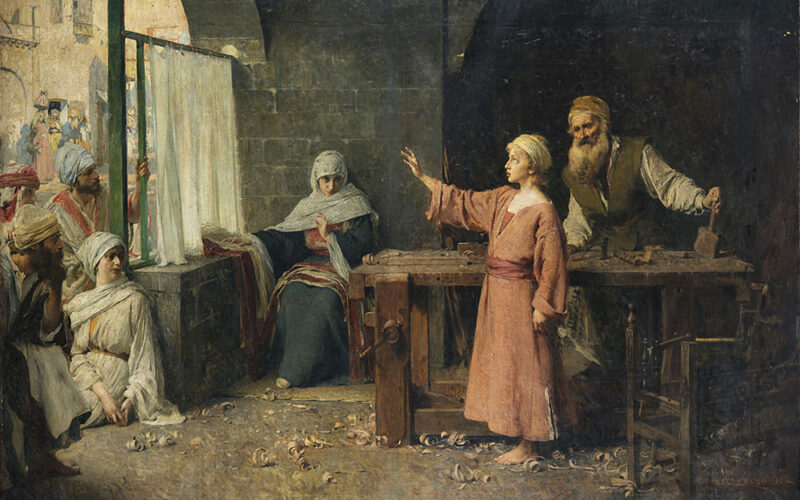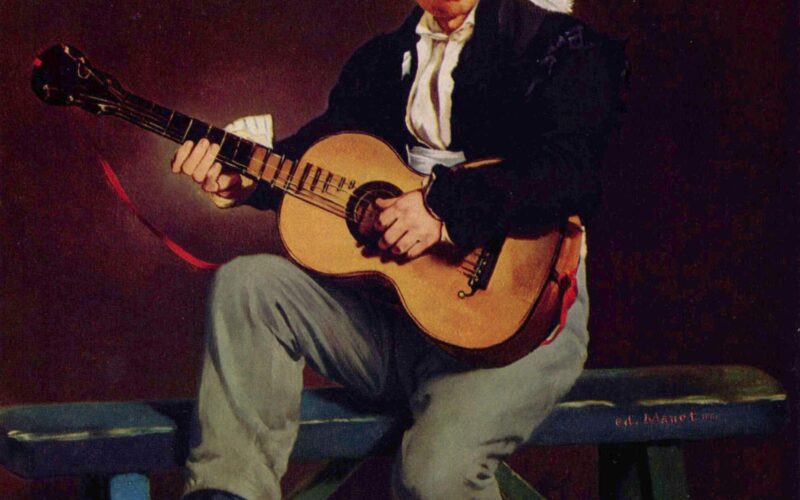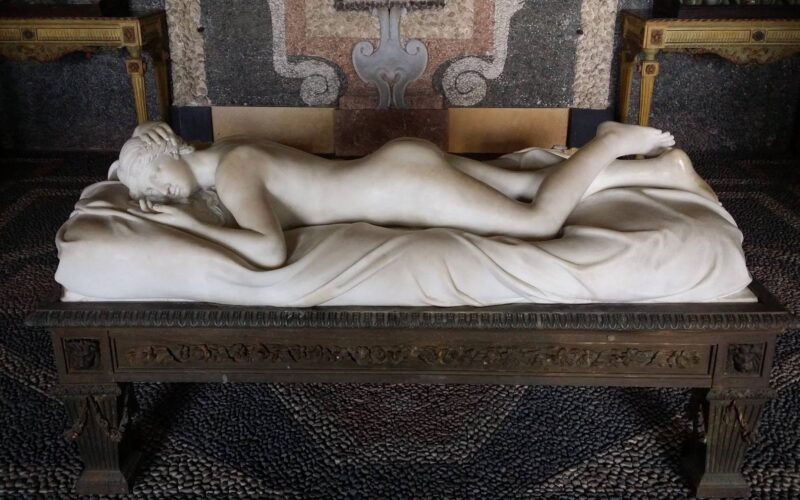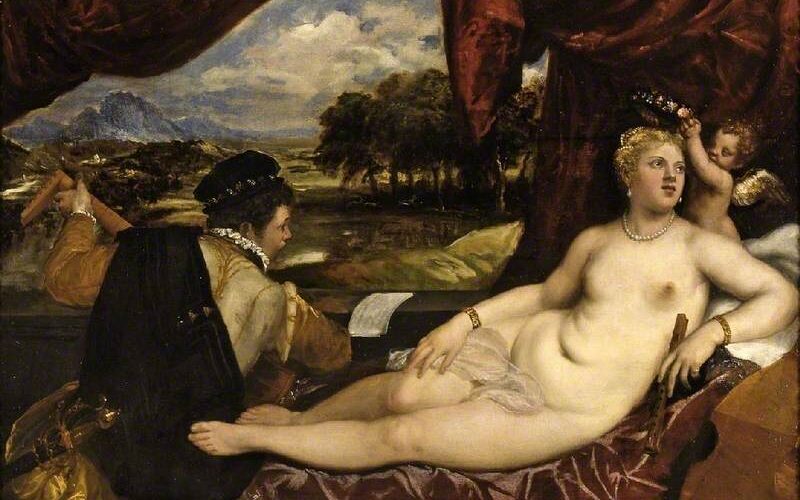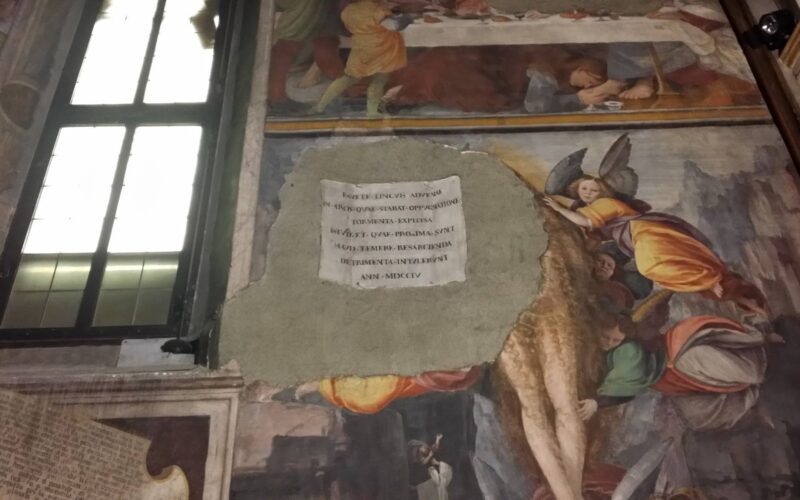
The Lost Frescoes of San Cristoforo: A Tale of Art and War
In the heart of Vercelli stands the Church of San Cristoforo, a place of worship that conceals within its walls a rich and turbulent history. This building, more than just an architectural structure, is a reliquary of Renaissance art, enriched by the genius of Gaudenzio Ferrari, a painter who lived between 1475 and 1546. His works, created between 1529 and 1534, represent an unparalleled peak in the history of painting, a zenith of human creativity that reveals itself in every brushstroke.However, the true essence of this article does not lie in the exaltation of Ferrari's talent, but rather in the…

